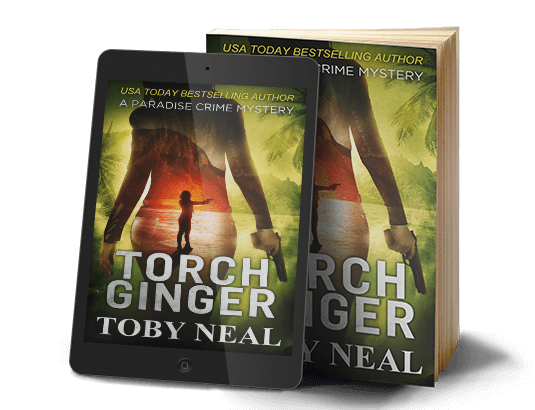Idea mining. It's a whole new way to work, and it involves taking naps.
After my daughter left for University and my son moved out, there was a void in my life. Yes, yes, I know, the infamous Empty Nest. I was aware of this syndrome, and being me, I had a plan—I was going to be very busy.
I was working as a mental health supervisor, and I got myself reassigned to a new school complex with a whole lot of new people to meet and work with. I had to drive a lot more, and those empty minutes in the car (not busy enough) made me weepy and nostalgic so I added another layer to the plan: I was going to learn a lot of new things and keep my brain busy so I couldn’t mope.
In Which I Decide to Study Neurobiology To Fill the Void
I ordered a boatload of Stanford University lectures on various topics of personal interest, and one was The Neurobiological Origins of Personality. Over the years of being a therapist I’d become more and more interested in the brain and how it works. The lecturer, Professor Robert Sapolsky, was able to explain complex neurobiological structures and tasks in an entertaining way.
In the course of the lecture Professor S. debunked many myths about the brain, including that intelligence is fixed (it’s not) once functions are lost they’re lost (the brain is plastic and can actually develop new neural pathways to compensate) and most of all, the myth of the ‘unused 90%’ of the brain.
He said that, far from unused, the brain is always working. It’s just that most people aren’t actively harnessing all it’s potential. The more you give it to do, like a muscular computer, the more it will do. It loves to work.
He suggested trying this out by giving the brain a problem to work on—a question or other unknown. Don’t think about it actively. Just put it out there, write it down, leave it around where the eyes can fall on it occasionally… and see what happens.
At the time I listened to this lecture I’d begun Blood Orchids and was about halfway through it. I was stalled, losing interest and faith I could finish it, and out of ideas. But I wrote a question on a 3X5 card: “Who’s the bad guy?”
Neurobiology Tells Me Who the Bad Guy Is
It wasn’t two hours later when I had the answer! I ran to my computer and feverishly typed out the entire showdown scene. I’d never been so galvanized. But it was way too soon in the book, so I began writing down other questions, or even just the glimmer of an idea, like, “Gunfight Scene” which I thought would be cool to have but had no idea how to do, write, or work in. The ‘answers’ would appear, almost like magic.
Some refinements on this have occurred with practice and further reading on the care and feeding of brains, and I think these could be helpful for all you college students, writers, middle aged and otherwise mentally challenged folks out there:
Care and Feeding Of Brains for Optimal Performance
1) Take a nap. Studies show that if you read something, then have a snooze, the brain uses that time to process the information into long term memory. Alas, putting the book under your pillow prior to the nap still doesn’t work.
2) Caffeine: it’s a brain stimulant. Use when necessary. For me in the morning, always necessary, but I find a judicious shot right before a writing session almost always gets things firing a little faster. This approach does not successfully combine with napping.
3) Proper diet. Not too much carbs. Carbs are brain killers for me. If I want to be sluggish and unable to rub two thoughts together, I have a waffle. If I want to be writing and firing on all pistons in general, I eat a low-carb diet during the day with unrefined whole grains in evening. I throw blueberries and goji berries and such in there too, hoping that makes a difference.
4) Make lists. Having the highly tuned, active brain that I have, *cough cough* I sometimes go into overdrive and start imagining useless, catastrophic scenarios on various fronts. These are only useful for my novel. So making a list of Things I Can Do when I’m worrying shuts down the cascade effect.
5) Use 3X5 cards. For my book and other areas where I need ideas or creativity I write phrases or thoughts (‘sentence starters’ if you will) on the cards. Then when I sit down to write I shuffle through the cards and write what strikes my fancy. Usually a full blown scene/plot twist/character emerges.
6) So there you have it. My desk is adrift in 3×5 cards with ideas on them. I check them (because I like making check marks!) when I’m done and set them aside. I call this whole approach Idea Mining.
Give it a try. The topic doesn’t have to be writing—it can be anything you want a little more insight on, or the answer to. Harness that grey matter and make it work for you. It’s always churning away!










I started writing lists down on mirrors. At first, it was because it looked cool. Then, I found that along with reading the words and chores, I was making a mental promise with my self. This worked well for someone lazy like me.
Toby,
Great points here on idea mining 🙂 I did not know that the brain processes recently learned information into long-term memory! I ought to nap more often!
Also, I like the idea of 3×5 cards… I myself keep lots of post it notes but often discard them after a while, and opt to keep notebooks full of other random thoughts and ideas around the car, nightstand, backpack, and other areas where thoughts might crop up 🙂
Dave